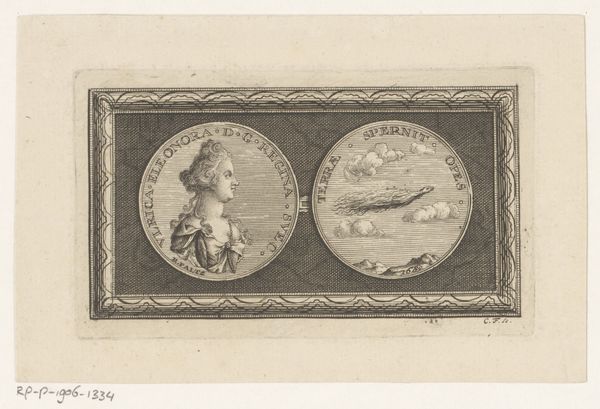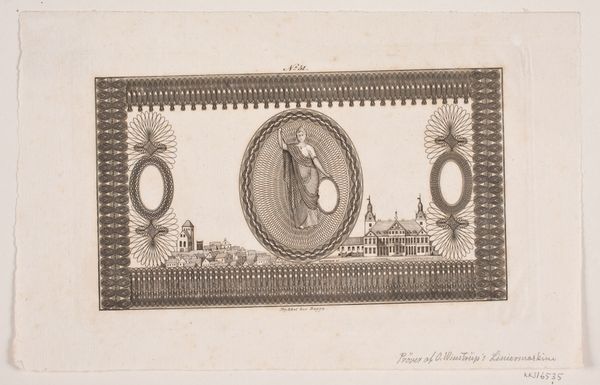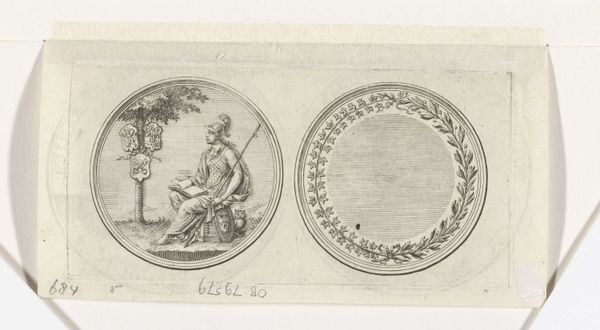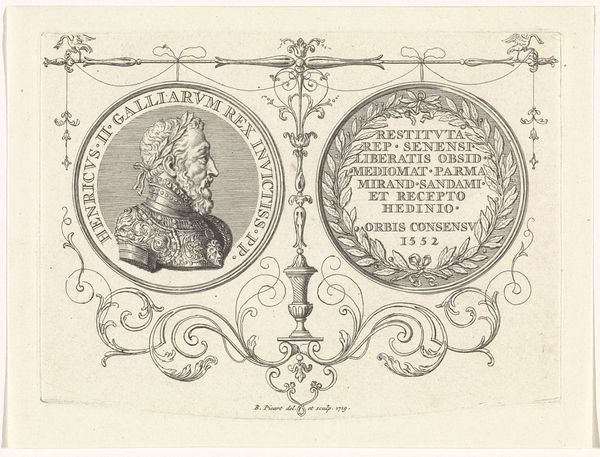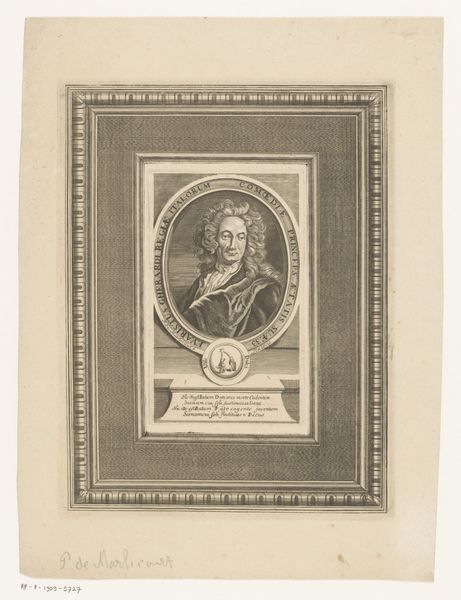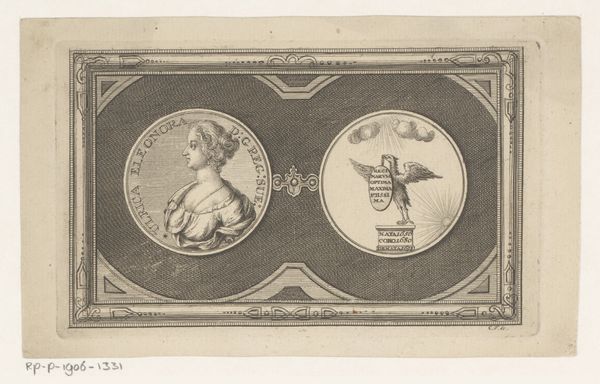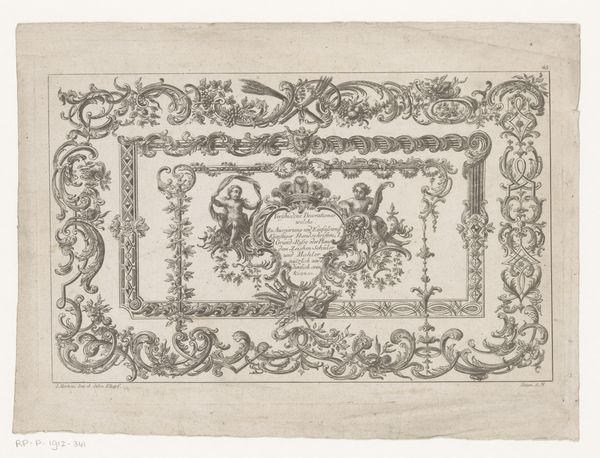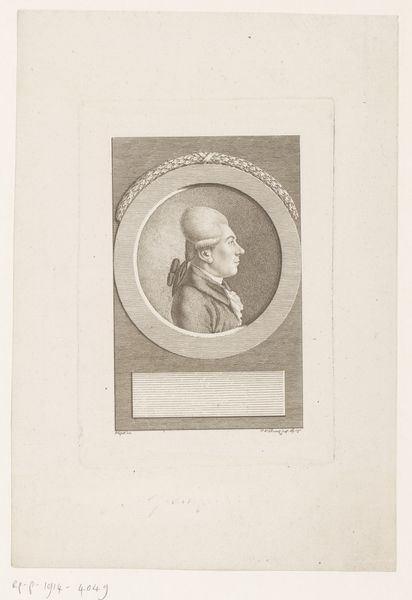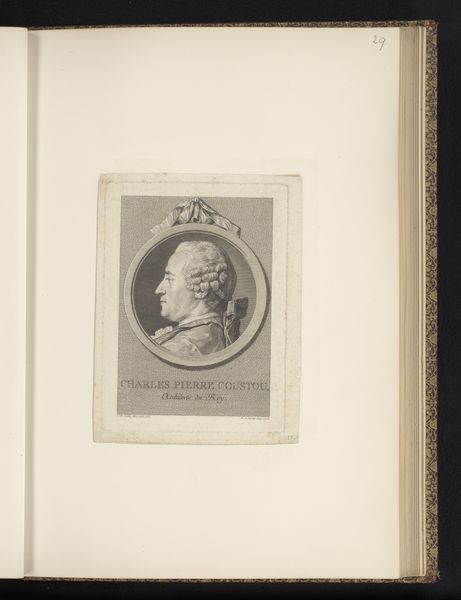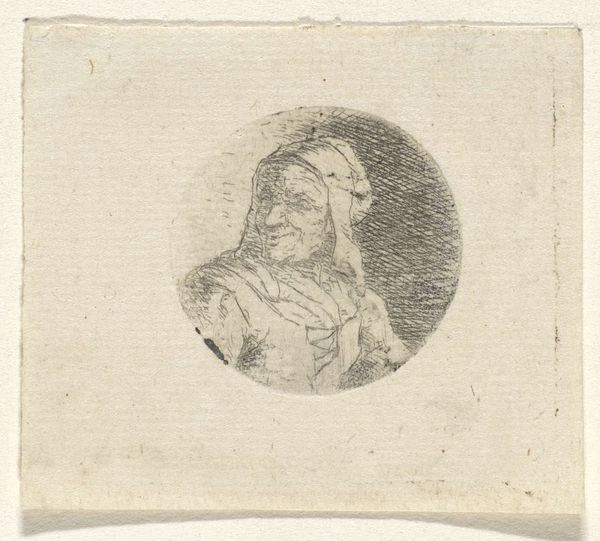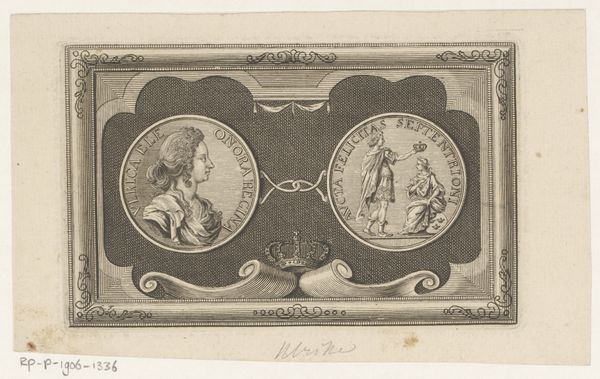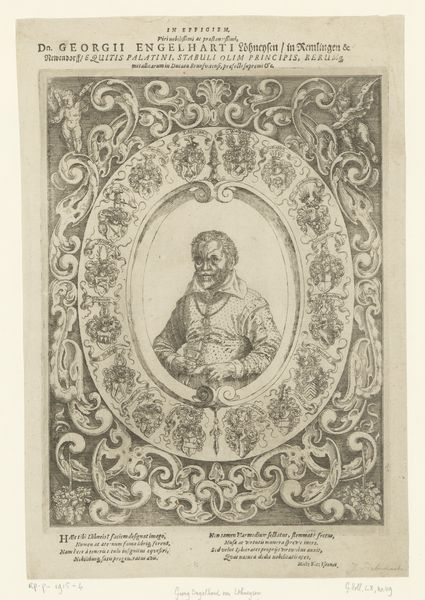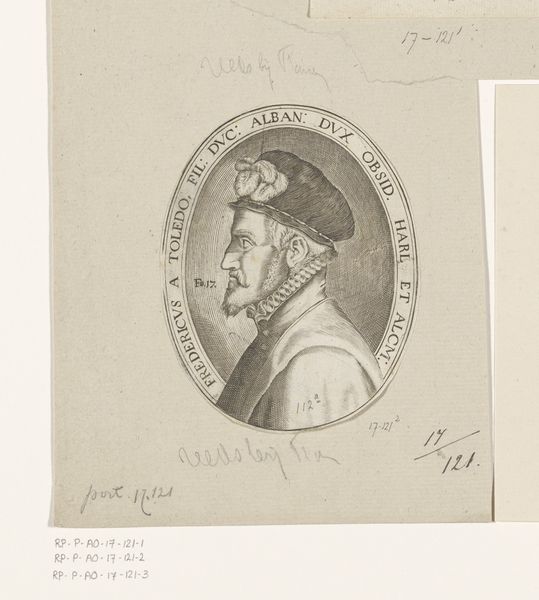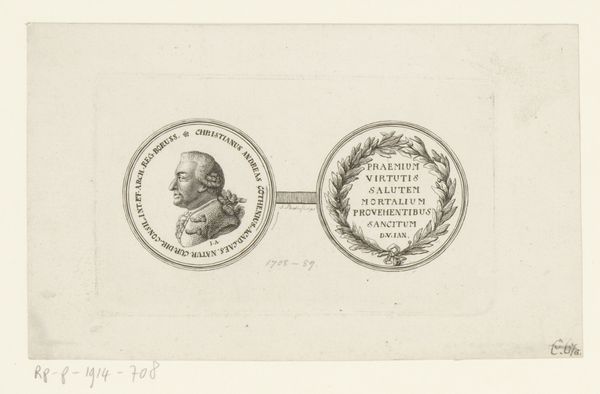
print, engraving
#
portrait
#
baroque
# print
#
history-painting
#
engraving
Dimensions: height 82 mm, width 148 mm
Copyright: Rijks Museum: Open Domain
Curator: Immediately, I notice the incredible intricacy; this small engraving just hums with detail. Editor: Let’s dive into this compelling piece. This is a print from 1727-1729, titled "Portret van Lodewijk XI" – Portrait of Louis XI – created by Maurice Baquoy. You can find it on display here at the Rijksmuseum. Curator: Engravings! I'm immediately drawn to the labour involved in crafting such precise lines and textures with such traditional printing processes. Imagine the artist meticulously etching into a metal plate to achieve this level of detail. It speaks volumes about the value placed on craftsmanship. Editor: Indeed. Prints such as this played a critical role in circulating images and ideas during that time. How do you think portraits of royalty like Louis XI served as political instruments? Curator: They were obviously tools of power! Portraits solidified royal authority; reproducing and circulating them gave visual weight to the crown, becoming powerful tools for statecraft, reinforcing ideas of hierarchy through accessibility. Who has control over imagery, controls how the public engages with it. Editor: Precisely. Furthermore, Baquoy’s choice to frame Louis XI within such an ornate, Baroque border featuring fleur-de-lis serves to emphasize the King's status. Notice also that he is presented in profile, recalling imagery found in coins, and adding to his perceived image of permanence. Curator: Yes, everything is carefully constructed for its affect. This portrait speaks to a whole production system centered around image propagation and a desire to disseminate specific information about rulers and state power. This wasn't just "art"; it was meticulously crafted for specific outcomes! Editor: Ultimately, artworks such as this provide valuable insight into how power was wielded, perceived, and disseminated across different echelons of society. The work reflects a moment and attitude in the visual and political discourse of its time. Curator: Reflecting on this print, I can only conclude that analyzing what an image IS is inseparable from an inquiry into how an image came TO BE. Editor: Agreed. Analyzing its function helps one understand why art is considered valuable beyond aesthetics.
Comments
No comments
Be the first to comment and join the conversation on the ultimate creative platform.
